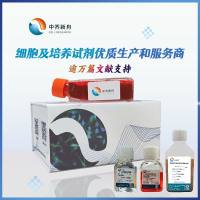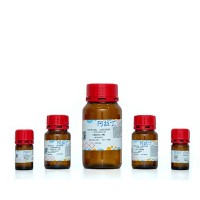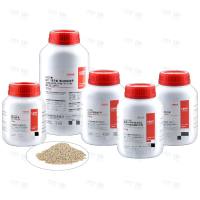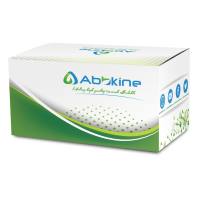Detection and Characterization of STEC in Stool Samples Using PCR
互联网
510
Production of a member of the Shiga toxin (Stx) family is a sine qua non of virulence for Shiga toxigenic Escherichia coli (STEC), and therefore polymerase chain reaction (PCR) amplification of stx genes is, unquestionably, a definitive diagnostic procedure. Moreover, PCR is extremely sensitive, which is an important feature, because as STEC disease progresses from the initial diarrheal phase to the more serious complications, the numbers of STEC in the feces often diminish markedly (1 ,2 ). Rapid PCR assays also permit the timely diagnosis of index cases, which is important for the recognition and subsequent management of outbreaks. Although direct extracts of feces can be used as a template for PCR, sensitivity has often been suboptimal because of the presence of inhibitors of Taq polymerase. For this reason, it is strongly recommended that fecal samples be first cultured (even for as little as 4 h) in a suitable enrichment broth. This has the advantage of diluting any inhibitors present and increasing the number of target STEC organisms. Crude DNA extracts from such cultures can then be subjected to subsequent PCR analysis.




![粪便DNA提取试剂盒 MolPure® Stool DNA Kit[可申请试用]](https://img1.dxycdn.com/2022/0128/424/5520274363681709253-14.jpg!wh200)




